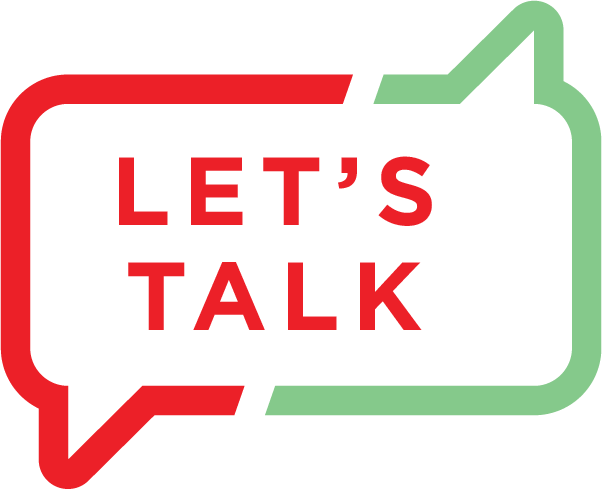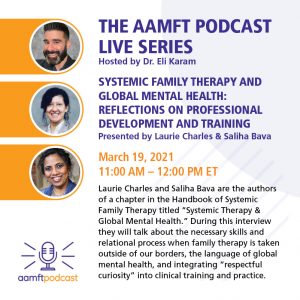Conversations in the classroom are a gateway to learning but can be fraught with misunderstandings, or falter due to misdirection — particularly when there are power differentials in identity and positionality in place.
Race, identity, justice, capitalism, sexism: How should we talk about these important topics in a way in which all voices are valued? I will be co-hosting a session with Dr. Allison Murphy for Mercy College faculty where we will invite participants to reflect on the feelings raised by such a situation and how do they engage in their quest for open dialogues for care and action.

A key to unlocking one’s discomfort with challenging conversations is to lean into them, rather than to lean out. To lean out is a natural protective response to stressful situations. In preparation for hosting space or engaging in difficult conversations, it is key to understand one’s stress response. Some bringing questions or reflections to unpack one’s stress response:
- Be present to one’s own reaction to stress
- How does your response vary across stressful situations?
- Which stressful situations are distressing & which one’s energize you?
- Which topics do we find stressful and which ones are challenging yet energizing?
- Why is a particular topic or issue stress-inducing? Is it our personal or collective history? the context? the uncertainty etc
Preparation and practice help us to lean into such conversations. One way I prepare is to say “if these issues were resolved, we wouldn’t be talking about them, so I’m not alone in feeling this way” or “my feelings are a microcosm of the larger social space, and my tension is not only mine, it is what we collectively feel.” Acknowledging the bigness of my feelings as emerging from our shared social space, helps me to shift my relationship to it. How about you?
Another key to such a conversation is to humanize oneself and to relate as a person on this journey rather than as a faculty to a student. Shifting from roles to relationships, keeps us grounded in the art of relating that is person-to-person. However, this can be stressful! Too often our focus on the roles moves us into a teaching/telling mode creating self-protection to manage one’s discomfort. Instead, how might we share our own vulnerability?
Vulnerability can be shared through our stories of uncertainty and not knowing. Admitting to the challenge of hosting such a conversation while stressing the importance of dialogue. I often tell my students, how tight my body feels and invite them to ground themselves using a small breath exercise. I might also invite them to guess what might be the reason for the tension…it is a way to shift from them to me, as a way to open up the space. I then follow up and share my reasoning. It is a way to lower hierarchy and distance and also to model.
Drawing on trauma-informed pedagogy, I share practices for engagement that help us lean into complex conversations. Trauma-informed pedagogy is one that is focused on understanding how trauma is organizing the teaching-learning space in terms of curriculum design, engagement, and assessment. Understanding how trauma is organizing can help us orient to our engagements in and outside the classroom to enhance resiliency and develop a collective response to trauma. One may ask why adopt a trauma-informed pedagogy? the answer is 66-90% of college students report lifetime exposure to one or more traumatic events (Bernatet al., 1998; Frazier et al., 2009; Read et al., 2011; Smyth et al., 2008). Carello, (2020) identifies the following practices of trauma-informed pedagogy:
- Physical, emotional, social & academic safety
- Support & connection
- Trustworthiness & transparency
- Collaboration & mutuality
- Voice & choice
- Sense of fairness (equity not equality)
- Promoting resiliency & growth
- Creative connectivity
Noticeably, a number of these practices also enhance adult learner engagement and thus have the potential of being a high-impact pedagogical practice.
Conversations are culture-building blocks. It is in everyday conversations that we create our cultures which in turn shape our conversaitons. Be a leader in these conversations.
Circling back to difficult conversations, taking the risk to lean into challenging spaces is one of the ways we create safety. There is a certain artfulness to such risky conversations, and modeling this artfulness is civic education and transforming of relationships.
In the next post, I share the CPR frame for hosting difficult conversations. CPR stands for:
- Context
- Process
- Relating
Download the free handout to learn more about CPR for difficult conversations!
Learn how to host difficult conversations. This is how we collectively move towards relational and systemic transformations through our everyday interactions.


